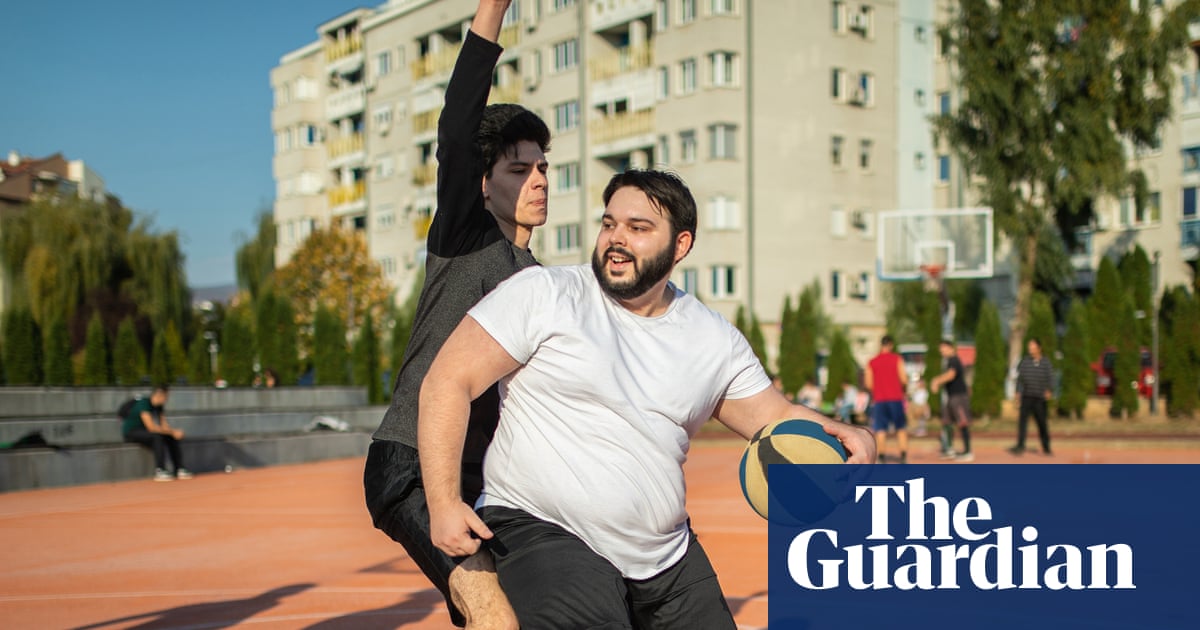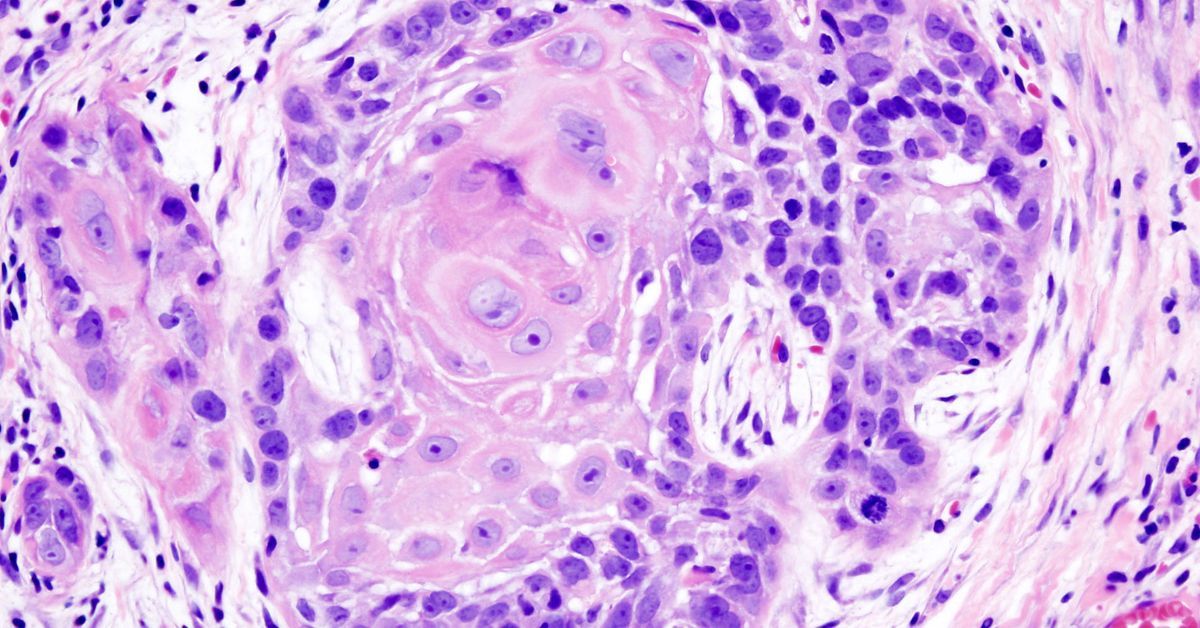Three in five liver cancer cases globally could be prevented by reducing obesity and alcohol consumption and increasing uptake of the hepatitis vaccine, a study has found.
The Lancet Commission on liver cancer found that most cases were preventable if alcohol consumption, fatty liver disease and levels of viral hepatitis B and C were reduced.
The commission set out several recommendations for policymakers, which it estimated could reduce the incidence of liver cancer cases by 2% to 5% each year by 2050, preventing 9m to 17m new cases of liver cancer and saving 8 million to 15 million lives.
Prof Jian Zhou at Fudan University in China, who led the research, said: “Liver cancer is a growing health issue around the world. It is one of the most challenging cancers to treat, with five-year survival rates ranging from approximately 5% to 30%. We risk seeing close to a doubling of cases and deaths from liver cancer over the next quarter of a century without urgent action to reverse this trend.”
Liver cancer is the sixth most common cancer worldwide and the third leading cause of cancer death. The number of deaths is predicted to grow from 760,000 in 2022 to 1.37 million in 2050.
Previous analyses have predicted that the number of new liver cancer cases will nearly double from 870,000 in 2022 to 1.52m in 2050, mostly due to population growth and ageing populations, with the largest increases expected in Africa. At present, more than 40% of the global liver cancer cases occur in China due to its relatively high rates of hepatitis B infections.
One of the fastest growing causes of liver cancer globally is fatty liver disease, and this is expected to rise because of increasing rates of obesity.
One-third of the global population is estimated to have metabolic dysfunction-associated steatotic liver disease (MASLD) – previously known as non-alcoholic fatty liver disease, where fat builds up in a person’s liver – though it can be prevented by eating a balanced diet, being physically active and potentially losing weight.
Only 20% to 30% of people with MASLD go on to develop the more severe form, metabolic dysfunction-associated steatohepatitis (MASH), which can lead to liver cancer. The commission said the proportion of liver cancer cases associated with MASH was projected to increase from 8% in 2022 to 11% in 2050.
The second fastest growing cause is alcohol, with associated liver cases projected to increase from 19% in 2022 to 21% in 2050. In contrast, the proportion of liver cancer cases linked to hepatitis B is expected to decrease from 39% in 2022 to 37% in 2050, while hepatitis C-related cases are projected to drop from 29% to 26%.
The commission author Prof Hashem B El-Serag of Baylor College of Medicine in the US said: “Liver cancer was once thought to occur mainly in patients with viral hepatitis or alcohol-related liver disease. However, today, rising rates of obesity are an increasing risk factor for liver cancer, primarily due to the increase in cases of excess fat around the liver.”
The commission’s recommendations included that governments boost HBV vaccination and implement universal screening for adults; introduce minimum alcohol unit pricing and sugar taxes along with warning labels; invest in early detection of liver damage and cancer; and improve palliative care for sufferers.
The commission author Prof Valérie Paradis of Beaujon hospital in France said: “There is an urgent need to raise awareness within society about the severity of the growing health issue of rising liver cancer cases.
“Compared with other cancers, liver cancer is very hard to treat but has more distinct risk factors, which help define specific prevention strategies. With joint and continuous efforts, we believe many liver cancer cases can be prevented, and both the survival and quality of patients with liver cancer will be considerably improved.”
Dr Matt Hoare, an associate professor in hepatology at the University of Cambridge’s Early Cancer Institute, said liver cancer was “unlike many other cancers” in that the death rate was still rising, with the causes varying by region.
He said public health policy changes have proven effective, since Japan had successfully reduced its death rate by implementing preventive policies and improving detection to find cancers earlier. His team is seeking to identify new ways to spot patients with liver disease who will develop cancer through DNA sequencing of the liver.









